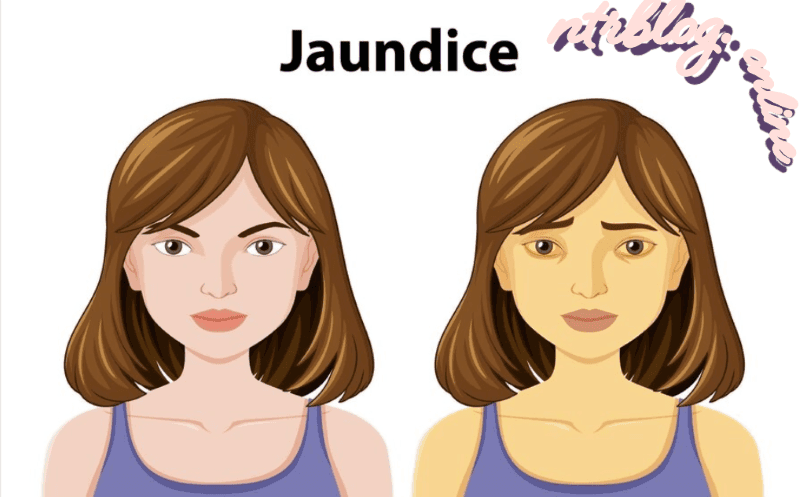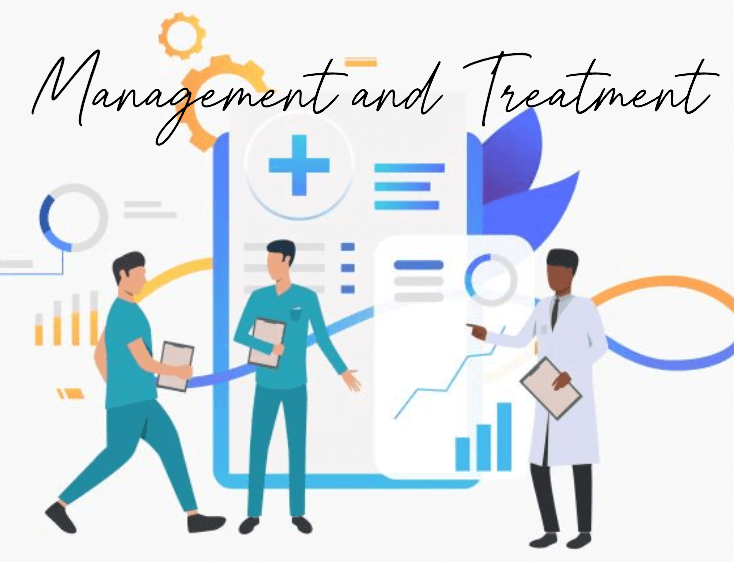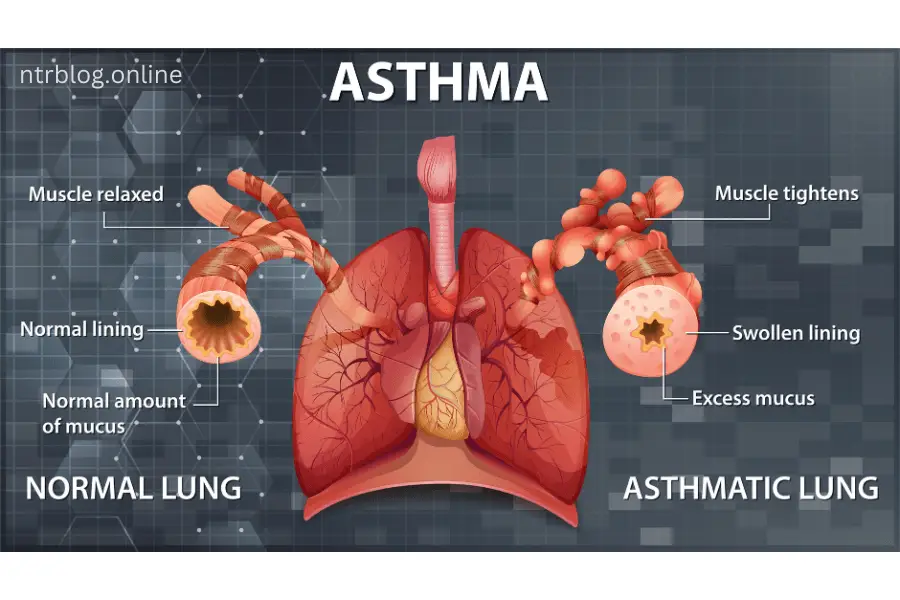Jaundice is a noticeable condition where the skin, the whites of the eyes, and even areas like the inside of the mouth and nose start turning yellow. This yellowish tint occurs due to an excess of a substance called bilirubin in the blood. Many different health problems can trigger jaundice, including liver diseases like hepatitis, gallstones, and tumors. Fortunately, in most cases, jaundice goes away once the underlying cause is treated by a healthcare provider.
Table of Contents
What Exactly Is Jaundice?

- Jaundice, also known as hyperbilirubinemia, is a condition that results in a yellowish tint to the skin, the whites of the eyes, and other parts of the body. The liver usually plays a key role in processing bilirubin, a yellow compound that forms when old red blood cells are broken down in the body. However, when the liver can’t efficiently manage bilirubin due to an illness or injury, it builds up, leading to jaundice.
How Does Jaundice Happen?
Here’s how the process unfolds:
- Red Blood Cell Breakdown: The body regularly gets rid of old red blood cells and makes new ones. As part of this cycle, bilirubin is produced.
- Liver Processing: Normally, the liver takes care of bilirubin by turning it into bile, a fluid that aids in digestion. The liver then sends bile into the digestive system to be excreted.
- Excess Bilirubin: If too much bilirubin is produced, or the liver is unable to handle it due to disease or damage, bilirubin levels rise.
- The Yellow Tint: When bilirubin builds up in the blood, it starts to seep into the surrounding tissues. This causes the skin, eyes, and mucous membranes to take on a yellowish hue, which is the hallmark of jaundice.
- The yellowing of the skin is one of the clearest indicators of jaundice, but the cause always lies deeper, often signaling a need for medical attention to address liver health or other underlying issues.
Possible Causes of Adult Jaundice:
- Jaundice can occur due to disruptions at different stages of bilirubin production and processing. To understand why this yellowing of the skin happens, it’s important to look at how bilirubin is handled by the body. These disruptions can happen before, during, or after the liver processes bilirubin.
Phases of Jaundice:
- Prehepatic Jaundice: This occurs *before* bilirubin is processed by the liver. When red blood cells break down too quickly, the liver is overwhelmed, unable to filter the excess bilirubin out of the bloodstream efficiently.
- Hepatic Jaundice: This type occurs *during* the liver’s handling of bilirubin. If the liver itself is damaged or unable to function properly, it cannot filter enough bilirubin, leading to its buildup in the body. Liver failure is a common cause of this type of jaundice.
- Posthepatic Jaundice (Obstructive Jaundice): This type occurs *after* bilirubin has been produced but is unable to leave the liver properly. A blockage, like a gallstone or a tumor, can prevent bilirubin from draining into the bile ducts, causing it to accumulate.
What Conditions Can Lead to Jaundice?
- Here are some common medical conditions that can lead to each type of jaundice:
– Prehepatic Jaundice:
– Large hematomas (bruises) being reabsorbed into the bloodstream.
– Hemolytic anemias, where red blood cells are destroyed at a faster rate than normal.
– Hepatic Jaundice:
– Viral infections like hepatitis A, chronic hepatitis B and C, or mononucleosis.
– Alcohol-related liver damage (alcoholic hepatitis).
– Autoimmune liver diseases.
– Rare inherited conditions that affect how the liver processes bilirubin.
– Certain medications, including antibiotics, oral contraceptives, and steroids, as well as acetaminophen overdose.
– Posthepatic Jaundice:
– Gallstones blocking bile flow.
– Inflammation or swelling of the gallbladder.
– Tumors in the gallbladder or pancreas that obstruct the bile ducts.
Recognizing Jaundice Symptoms:
- Jaundice is not always easy to notice in its early stages. Sometimes, it’s only detected during routine medical tests or when looking for other conditions. How severe the symptoms are depends on the cause and how fast the condition develops.
Common signs and symptoms include:
– Yellowing of the eyes and skin (sclera).
– Fever and chills.
– Pain or discomfort in the abdomen.
– Flu-like symptoms.
– Dark-colored urine and pale stools.
– Feeling tired, confused, or experiencing unexplained weight loss.
– Itchy skin.
- Each of these symptoms may point to an underlying issue that needs medical attention, especially if they come on suddenly or worsen over time. If you experience these signs, it’s essential to see a healthcare provider to identify and treat the underlying cause of jaundice.

Care and Treatment of Adult Jaundice:
How Do Doctors Diagnose Jaundice?
- To confirm if you have jaundice, your healthcare provider will typically start by checking your bilirubin levels through a blood test. This test helps distinguish between two types of bilirubin:
– Unconjugated bilirubin, which builds up when there’s a problem with red blood cell breakdown.
– Conjugated bilirubin, which increases when liver function is impaired.
- In addition to blood tests, your doctor may also look for physical signs of liver disease, such as:
– Easy bruising.
– Spider angiomas—clusters of small blood vessels visible under the skin.
– Palmar erythema, which is redness on the palms and fingertips.
- To further assess the liver, doctors may physically examine you to check its size and sensitivity to pressure. They may also use imaging techniques like ultrasound or CT scans, and in some cases, take a liver biopsy (a small tissue sample) to understand the extent of liver damage.
How Is Jaundice Treated?
- Jaundice itself is not treated directly. Instead, the focus is on treating the root cause. Once that is addressed, the jaundice typically improves on its own. If jaundice leads to complications, such as itching, doctors can prescribe medications to help alleviate these symptoms. Managing the primary condition—whether it’s an Infection, liver disease, or blockage—is the key to resolving jaundice.
What Happens If Jaundice Is Not Treated?
- The risks of untreated jaundice vary depending on the root cause. If a virus like hepatitis is responsible, the infection could worsen or even become chronic. In cases where jaundice results from liver failure, the consequences are much more severe. Without treatment, liver failure can lead to life-threatening complications like coma or death.
Can Jaundice Be Prevented?
- Since jaundice can be triggered by a wide range of conditions, prevention is not always straightforward. However, there are several general practices that can help lower the risk:
– Avoid hepatitis infections by getting vaccinated, practicing safe sex, using clean needles, and maintaining good personal hygiene.
– Limit alcohol consumption to stay within recommended guidelines to avoid liver damage.
– Maintain a healthy weight, which supports liver function.
– Be cautious with supplements, especially natural and herbal products that may harm the liver.
– Manage cholesterol levels to reduce the risk of liver and gallbladder issues.
- Following these tips can help protect your liver and reduce the chances of developing jaundice.
When To Call the Doctor for Jaundice:
- Jaundice should never be ignored, as it signals a potential problem with the liver or blood. If you notice your skin or the whites of your eyes turning yellow, it’s essential to contact your healthcare provider. This yellowing could be a sign of an underlying issue that requires medical attention, and a doctor can help identify the cause and provide appropriate treatment.

Additional Common Questions About Jaundice:
Do Children Get Jaundice?
A. Yes, jaundice is quite common in newborns. In infants, it happens for a similar reason as in adults—an excess of bilirubin in the blood. However, the cause is different. A baby’s liver is still maturing and may not yet be able to fully process and eliminate bilirubin. Fortunately, jaundice in newborns often resolves on its own, or it can be treated with phototherapy, which helps the baby’s body break down the excess bilirubin.


